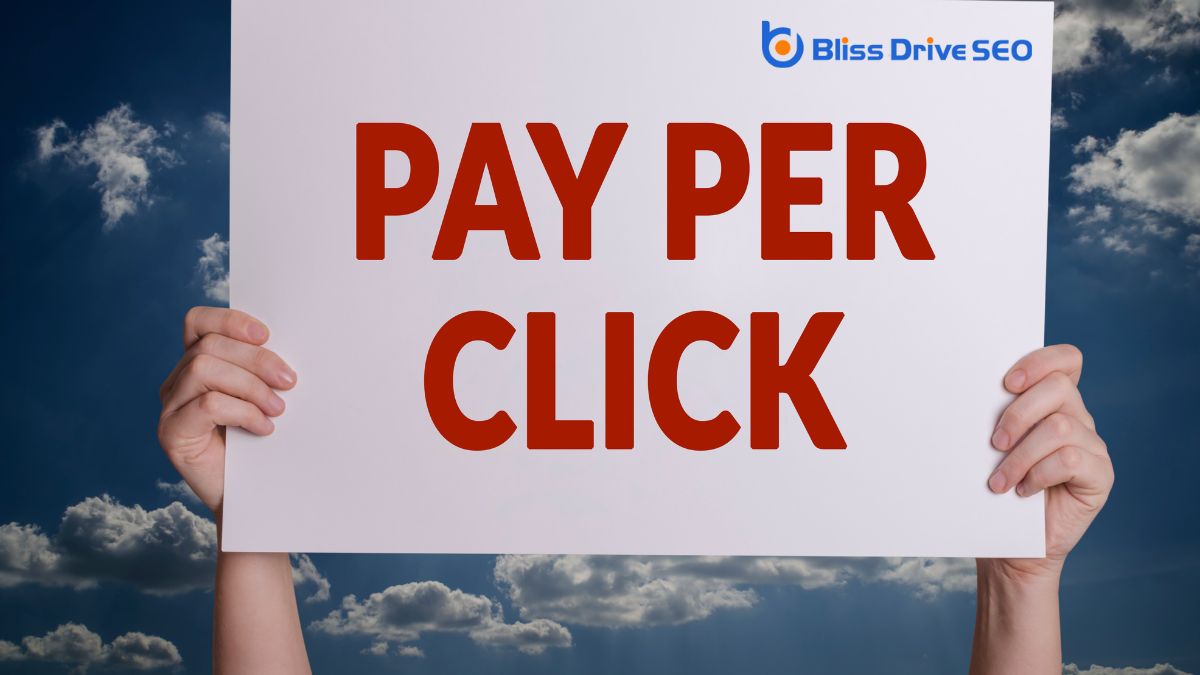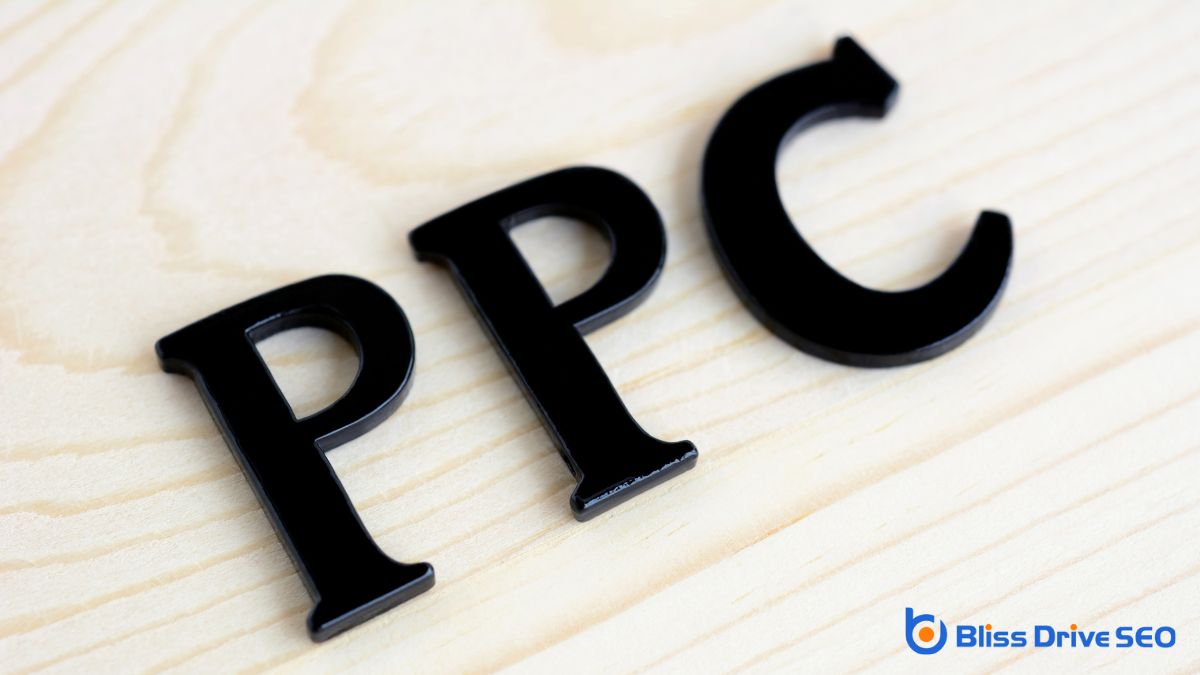Digital Marketing Services
Learn More About Us

To do Pay-Per-Click effectively, start by setting clear campaignA set of ad groups sharing a budget, targeting options, and other settings. goals like increasing traffic or generating leads. Choose the right PPC platforms, such as Google Ads or FacebookA social networking site where users can post comments, share photographs, and links to news or othe... Ads, based on your audience. Conduct thorough keyword researchThe process of finding and analyzing search terms that people enter into search engines. to target relevant terms. Craft compelling ad copyThe text or content of an advertisement. to engage users. Continuously monitor campaign performance using metrics like CTR and conversionThe completion of a desired action by a referred user, such as making a purchase or filling out a fo... rates and make necessary adjustments. Optimizing your strategy guarantees desired results. Discover more to access PPC's full potential.

Pay-per-click (PPC)An online advertising model where advertisers pay a fee each time their ad is clicked. advertising is a powerful tool that lets you reach potential customers online by paying for ad clicks.
To grasp PPC basics, you need to understand that it's an online advertising model where you pay each time someone clicks your ad, driving traffic to your website. You choose specific keywords relevant to your business, and when users search for those terms, your ad can appear in search results.
It's essential to know how to bid for these keywords effectively because higher bids can improve your ad's visibility.
You'll also want to create compelling ad copy to encourage clicks. Remember, each click costs, so targeting the right audience is key.
Once you've grasped the basics of PPC and how to navigate keyword bidding and ad creation, it's time to focus on setting clear campaign goals.
Defining what you want to achieve with your PPC efforts is essential for success. Start by identifying your primary objective. Are you aiming to increase website traffic, generate leads, or boost sales?
Having specific goals will guide your strategy and help you measure success. Consider these steps:
Clear goals enhance your campaign's effectiveness.
When choosing the right PPC platforms, start by analyzing your target audience's habits and preferences.
Consider each platform's unique features to determine which aligns best with your campaign goals.
Understanding your target audience is essential for selecting the right PPC platforms. You need to know who you're targeting to guarantee your ads land where they'll be seen.
Start by defining your audience's demographics, interests, and online behavior. This information will guide you in choosing platforms that align with your audience's preferences and habits.
Consider the following:
After analyzing your target audience, you'll want to evaluate the features of various PPC platforms to guarantee your ads reach the right eye. Each platform offers unique benefits, so understanding them helps you make informed decisions. Let's compare some popular PPC platforms:
| Platform | Key Feature | Best For |
|---|---|---|
| Google Ads | Extensive reach | Search and Display AdsVisual-based ads that appear on websites, apps, or social media. |
| Facebook Ads | Detailed targeting | Social Media Campaigns |
| LinkedInA professional networking site used for career and business networking. Ads | Professional network | B2B Marketing |
| Bing Ads | Lower competition | Cost-effective Search |
Google Ads is great for broad reach, while Facebook provides precise targeting. LinkedIn excels in B2B contexts, and Bing offers cost-effective options. By understanding these features, you can choose the platform that aligns best with your campaign goals. Remember, the right platform can drive better results.
To conduct effective keyword research, you need to start by identifying your target audience and understanding their needs.
Analyze competitor keywords to see what's working for them and spot opportunities for your own strategy.
Why is identifying your target audience essential for successful pay-per-click (PPC) campaigns?
It guarantees your ads reach the right people, increasing click-through rates and conversions.
Without knowing who your audience is, your PPC efforts can waste valuable resources.
Here's how you can get started:
1. Define Demographics: Understand your audience's age, gender, location, and income level.
This data helps tailor your ads to their needs and interests.
2. Identify Interests and Behaviors: What hobbies, online activities, or buying habits does your audience have?
This information lets you create more relevant ad content.
3. Utilize Buyer Personas****: Create detailed profiles of your ideal customers.
These personas guide your keyword selection and ad messaging, aligning perfectly with your target audience's preferences.
Understanding your competitors' keywords is a critical step in conducting effective keyword research for your PPC campaigns.
Start by identifying who your main competitors are in the industry. Use tools like SEMrush or Ahrefs to uncover the keywords they rank for and bid on. This information helps you see what's working for them and might inspire new ideas for your strategy.
Pay attention to the keywords they use in their ads and landing pages. Consider the search volume and competition level of these keywords to evaluate their potential effectiveness for your business.
Adjust your keyword list accordingly, focusing on gaps they might've missed. This strategic analysis can give you a competitive edge and help you optimize your PPC efforts.
Crafting compelling ad copy is essential for capturing your audience's attention and driving clicks. To create ads that resonate, focus on understanding your target audience's needs and desires.
Start by using clear and concise language that speaks directly to them. Highlight the benefits of your product or service, making it clear why someone should choose you over competitors.
Remember, words have power, so choose them wisely.
Here are three tips to enhance your ad copy:
Once you've crafted compelling ad copy, it's important to keep a close eye on how your campaigns are performing. Monitoring your PPC campaigns helps you understand what's working and what needs improvement. Start by tracking key metrics like click-through rate (CTR)The percentage of users who click on a specific link or CTA., conversion rateThe percentage of visitors who complete a desired action, such as making a purchase or filling out a..., and cost per conversion. These insights provide a snapshot of your campaign's effectiveness. Here's a simple breakdown to help you analyze:
| Metric | Definition | Importance |
|---|---|---|
| Click-Through Rate (CTR) | Percentage of clicks per impressionWhen an ad is displayed on a user’s screen. | Gauges ad appeal |
| Conversion Rate | Percentage of clicks that convert | Measures campaign success |
| Cost Per Conversion | Cost to achieve each conversion | Evaluates budget efficiency |
Regularly review these metrics to adjust your strategy and guarantee your campaigns achieve desired outcomes.

Optimization is key to maximizing the effectiveness of your PPC campaigns. By refining your strategy, you can improve ROI and reach your target audience more effectively.
Start by focusing on these essential steps:
To succeed with pay-per-click, remember to set clear goals and choose the right platforms. Immerse yourself in keyword research and craft compelling ad copy that grabs attention. Keep a close eye on your campaign's performance and be ready to adjust as needed. Optimization is key, so continually refine your strategy based on data insights. By staying proactive and adaptable, you'll maximize your PPC efforts and drive better results for your business. You're ready to make PPC work for you!
